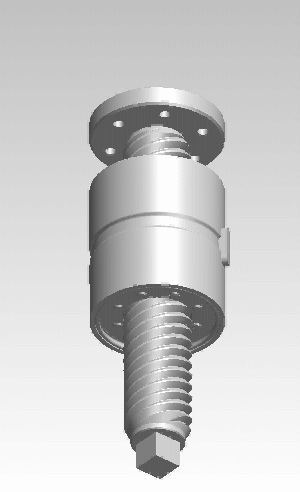We just learned about Mariology the study of Mary.
Another part of early Christianity is Saint Patrick.
Some time around 430 AD, at the age of 16 a man named Patrick was captured by pirates from the island of Ireland.
He was taken back to Ireland, and was made a slave for 6 years.
Later on he escaped and went back to his home in Britain, and learned to be a Christian.
He knew the people in Ireland were not Christian, so he decided to go back there and tell people about Jesus.
When he went there, some people listened to him and became Christians, and other people did not like him and would put him in jail.
After many years of traveling around Ireland, he helped many people become Christians, and even after he died people still believed and spread the news.
When he died, because he did such a good thing they named him a Saint, so now they call him Saint Patrick.
The day of his death was March 17th, so on that day people celebrate Saint Patrick's day, and his life of service bringing news of God to the people of Ireland.

(from: wikipedia - saint patrick)
Kid Facts - Blast from the past: Tychicus - Bishop of Colophonia





